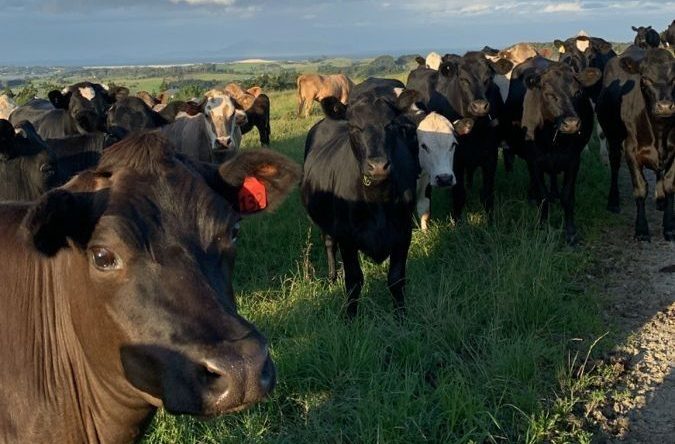Optimizing grazing systems is a crucial aspect of beef cattle farming that ensures healthy cattle, sustainable pasture use, and increased profitability. By managing grazing effectively, farmers can maintain the quality of their forage, improve cattle productivity, and reduce costs associated with supplemental feeding.
1. Choose the Right Grazing System
Selecting a suitable grazing method is the foundation of an efficient system. Common options include rotational grazing, continuous grazing, and strip grazing. Rotational grazing, where the pasture is divided into paddocks and cattle are rotated, allows grass to recover and improves forage quality.
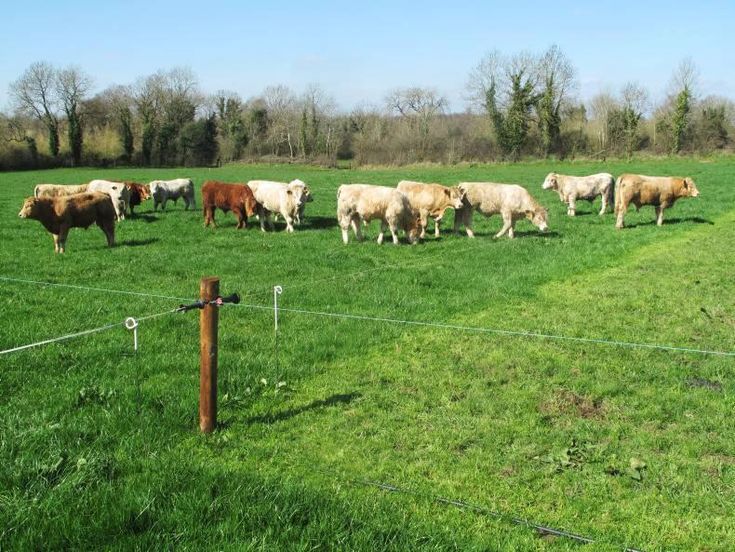
2. Match Stocking Rate to Pasture Capacity
Matching the number of cattle to the pasture’s capacity is essential to avoid overgrazing or underutilization. Therefore it involves assessing the pasture’s carrying capacity based on soil type, rainfall, and forage growth rates. Monitoring the pasture condition and cattle performance helps align stocking rates with available forage, ensuring balance and sustainability.
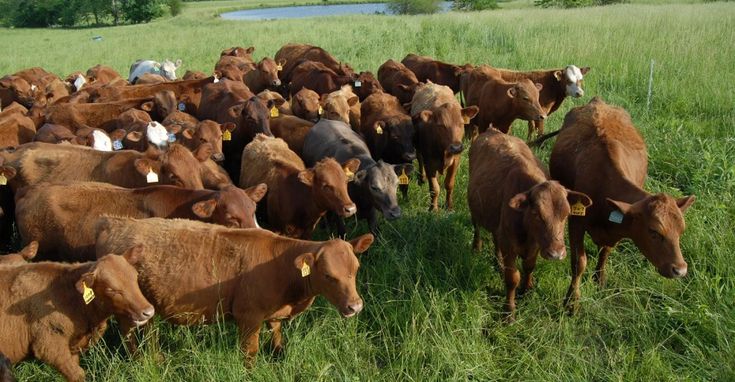
3. Improve Forage Quality and Diversity
A diverse mix of forage species provides better nutrition for cattle and extends the grazing season. Introducing drought-tolerant grasses can ensure pasture resilience in dry periods. Regular soil testing and appropriate fertilization practices help maintain forage quality, supporting cattle growth and health.
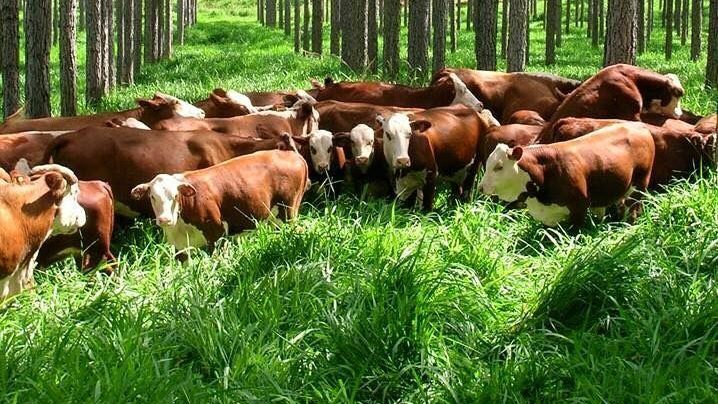
On a similar note, at Kimd Group of Companies, we support beginner farmers by offering tailored business proposal writing services and design plans for various animal capacities. Therefore whether you’re just starting out or looking to expand, we provide the resources and expertise to help you succeed in the farming industry.
4. Provide Adequate Water Sources
By the way access to clean water is vital for beef cattle, especially in hot and dry climates. Water sources are strategically placed across paddocks to encourage uniform grazing and prevent overuse of specific areas. Also proper maintenance of tanks and troughs ensures water remains uncontaminated, supporting cattle health and productivity.
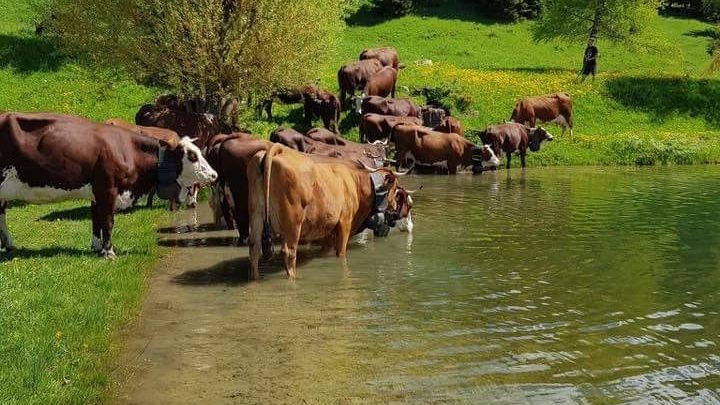
5. Manage Pasture Health
Healthy pastures are essential for long-term productivity. Overgrazed pastures are rested to allow recovery, and weeds are controlled to reduce competition with desirable forage plants. Soil erosion is minimized by using cover crops and maintaining vegetation along water bodies. These practices help preserve soil quality and sustain forage growth over time.
6. Use Technology to Enhance Management
Modern tools can streamline grazing system management. Also GPS collars and virtual fencing allow precise livestock control, while drones and sensors can monitor pasture conditions and forage growth efficiently. Software tools can help track stocking rates, grazing schedules, and cattle performance, enabling data-driven decisions for optimal results.
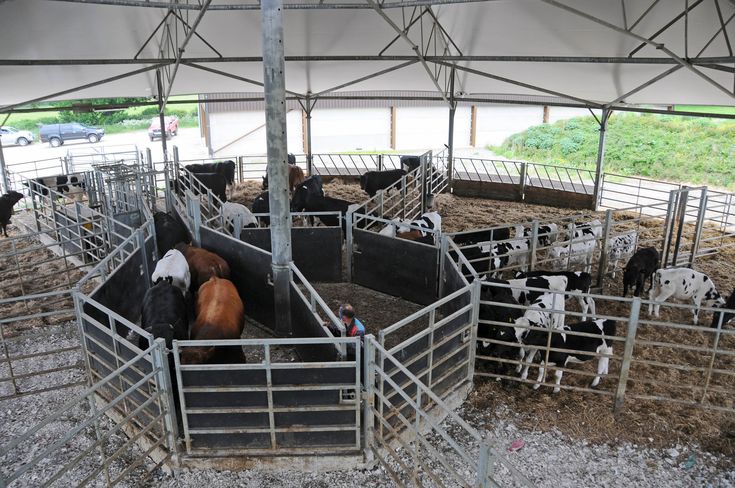
7. Monitor and Adjust Continuously
Regular observation and evaluation ensure the grazing system adapts to changing conditions. Therefore factors such as forage availability, cattle health, and environmental conditions like rainfall and temperature are monitored closely. Adjusting practices based on these insights helps maintain balance, productivity, and profitability.
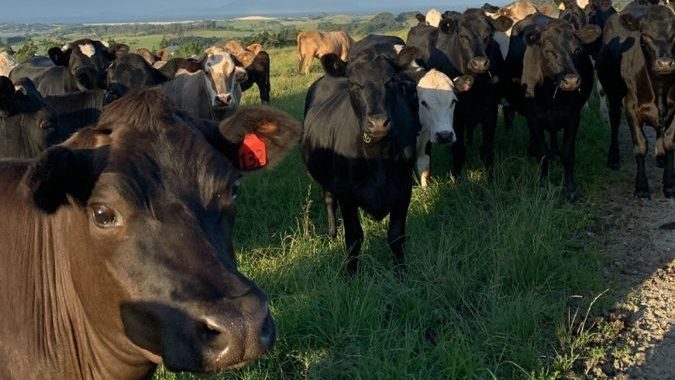
Conclusion
Optimizing grazing systems for beef cattle involves strategic planning, sustainable practices, and continuous monitoring. By adopting suitable grazing methods, maintaining pasture health, and leveraging technology, farmers can<a href="http://<iframe width="560" height="315" src="https://www.youtube.com/embed/7GfgJ8O7w5g?si=H-dwDqZAwyeQORIK" title="YouTube video player" frameborder="0" allow="accelerometer; autoplay; clipboard-write; encrypted-media; gyroscope; picture-in-picture; web-share" referrerpolicy="strict-origin-when-cross-origin" allowfullscreen> maximize their resources, improve cattle well-being, and achieve long-term success.

